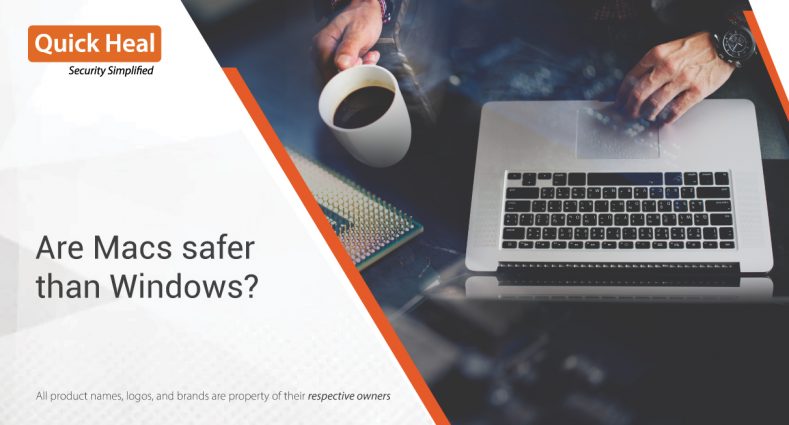Cyber threats against Macs are increasing! Are you prepared?

Let’s get to the point immediately: if you use an Apple Mac system, it doesn’t mean that you are safe from cyber-attacks. If you don’t take the necessary actions to protect your Mac, you’re just one mistake away from an infected system.
It’s important to point this out strongly as there’s been a long-running misconception since the invention of Apple’s Macintosh computers that they are immune from cyber threats. It’s a mistaken belief that continues to abound nowadays as well, and the consequences are dangerous. Some users buy Mac with the confidence that they don’t need to worry about cybersecurity. These users also do not attempt to be vigilant of how they use their systems, believing they’re not at risk.
Mac malware problem is rising at an alarming rate
Apple talks a big game when it comes to security. Its stance on user privacy has been one of the dominant themes of Apple’s marketing. In a world awash with data leaks and cybercriminals, that’s reassuring. But in the recent past, when it comes to comparison in terms of security between Mac OS and Windows OS, is MAC really safe and better at protecting your privacy?
It’s not true that Mac systems are immune to threats. The amount of malware on Macs is outpacing PCs for the first time ever, and your complacency could be your worst enemy.
It works like this: since Windows has an outsized lead when it comes to the market share of operating systems (approximately 77% compared to macOS’s 17%), attackers have traditionally focused on Windows users. It’s ultimately a question of numbers—the OS with the highest market share receives the most threats.
But Macs market share has been rising in the last few years, and hackers are starting to take notice. This, along with the fact that Mac systems are comparatively more expensive than Windows systems, is slowly but steadily leading to a pivot. A recent study claimed that the number of cyber threats to Macs increased by over 400% in 2019. Threat actors have now realized that Mac users make for great targets, significantly due to their misplaced beliefs that their systems are invulnerable and they may be willing to spend good money to get their data back.
Risky user behavior is a matter of question
If you need even more proof, you might be interested to learn that the first virus for the Macintosh called Elk Cloner was made in 1982, whereas the first IBM PC virus only appeared in 1986. Recognizing this growing threat, Apple introduced its Gatekeeper security feature for the macOS in 2012. The list of cyber threats to Mac is long and will only increase as the operating system grows in popularity. And while the Mac does come with specific in-built security features such as vetting third-party apps downloaded from sources other than the official Apple App Store, there’s always the risk of risky user behavior that is unpredictable.
Mac users have to face many of the same threats that plague Windows users when it comes to day-to-day Internet activity. Apple’s official browser Safari is susceptible to threats from malicious websites and plug-ins. Users can navigate dangerous websites or install shady plug-ins which can affect the health and performance of their system. Flash drives with malware are also a source of risk.
To reduce the risk of cyber threats, Mac users must consider using security solutions such as Quick Heal Total Security for Mac, a simple, fast, and seamless antivirus solution. It offers complete Mac security, Web Security, AntiSpam & Email Security, Parental Control, and a host of other powerful features to fortify your Mac against cyber threats.


No Comments, Be The First!